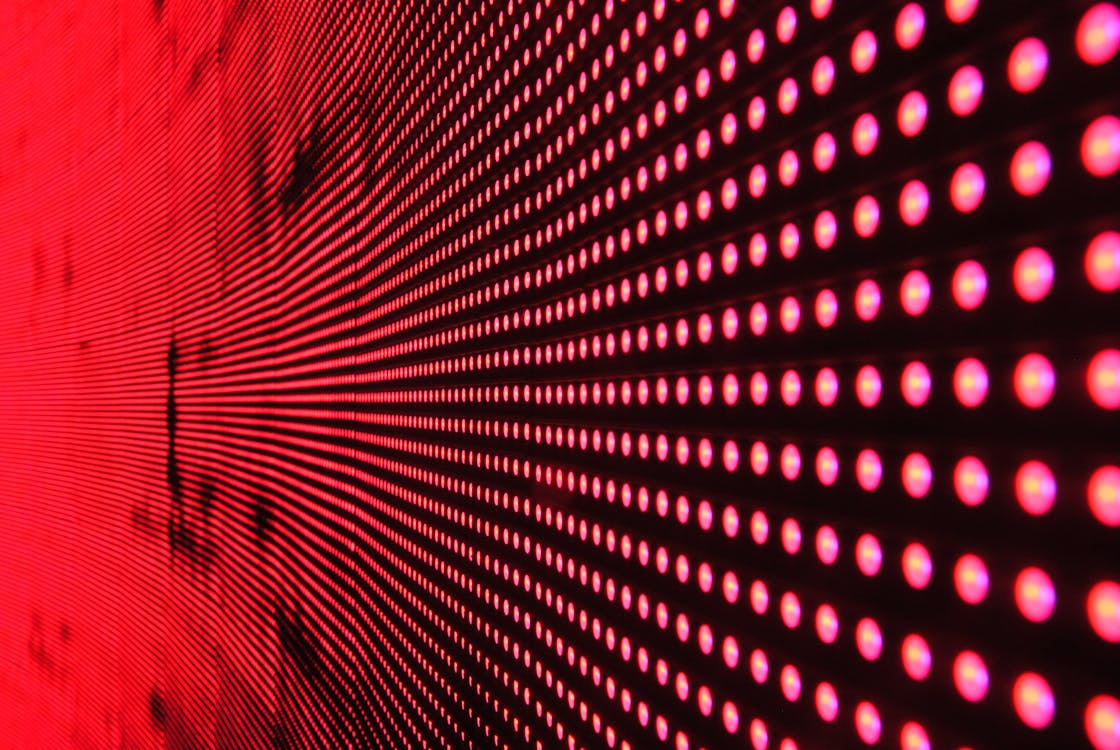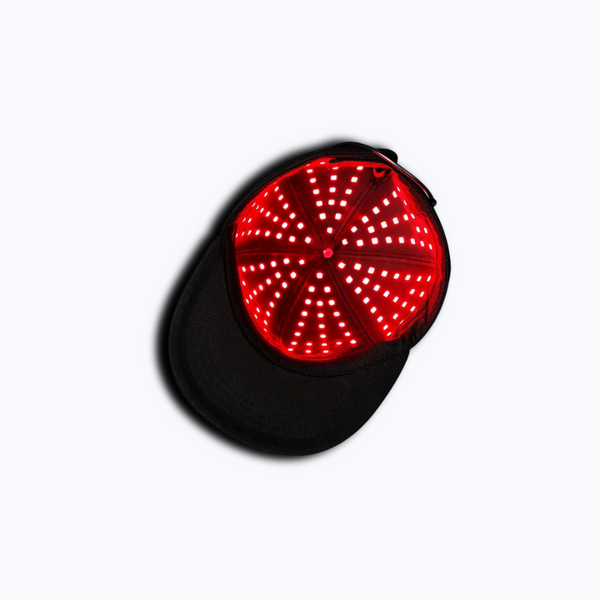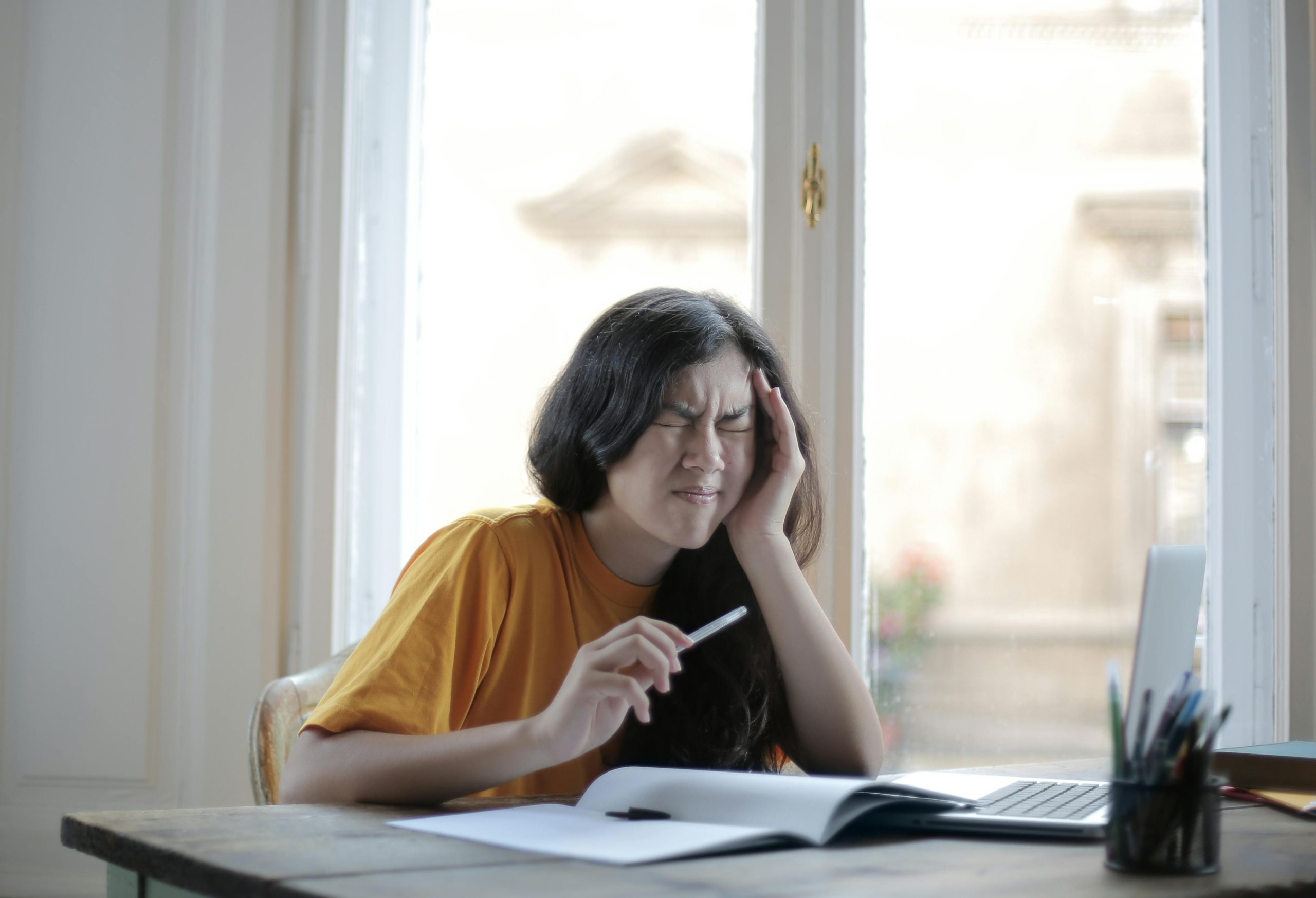Introduction
In recent years, there has been growing interest in alternative therapies for improving mental well-being. One such therapy gaining popularity is Red Light Therapy (RLT). This non-invasive treatment involves exposing the body to low levels of red or near-infrared light, which has been shown to have a range of positive effects on both physical and mental health.
Understanding Red Light Therapy
Red Light Therapy is a form of photobiomodulation therapy, which involves using light to stimulate cellular function. The therapy works by penetrating the skin and stimulating the mitochondria, the “powerhouses” of our cells, which then leads to various physiological effects. This light therapy can be delivered through low-level laser devices or light-emitting diodes (LEDs). The red and near-infrared wavelengths used in RLT are known to have beneficial effects on the body, leading to improved physical and mental health.
Benefits of Red Light Therapy
Red Light Therapy has been found to have various benefits for mental well-being, including:
- Reduction of symptoms of depression and anxiety
- Improvement in cognitive function and memory
- Enhancement of sleep quality
- Reduction of stress and cortisol levels
- Boost in mood and overall mental well-being
Red Light Therapy Devices in Australia
These devices are becoming increasingly accessible in Australia, providing individuals with the opportunity to experience the benefits of this innovative therapy in the comfort of their own homes. Many manufacturers and brands offer a wide range of Red light therapy devices that are suitable for home use, ranging in features and specifications.
When considering the purchase of a Red Light Therapy device in Australia, it is important to evaluate factors such as the power output, wavelength range, and treatment area coverage to ensure that you select a device that aligns with your specific needs and preferences.
Implementing Red Light Therapy for Mental Well-being
To effectively utilize Red Light Therapy for mental well-being, it is recommended to incorporate regular sessions into your routine. Consistency is key when it comes to any therapy, and RLT is no exception. By setting aside dedicated time for therapy sessions, you can maximize the potential benefits. It is also important to consult with a healthcare professional to determine the appropriate duration and intensity of the sessions based on your specific needs.
Best Practices for Red Light Therapy Sessions
To optimize the benefits of Red Light Therapy sessions, consider the following best practices:
- Ensure a clean and dry skin surface before each session.
- Position the device at an appropriate distance from your skin, as recommended by the manufacturer.
- Start with shorter sessions and gradually increase the duration to allow your body to acclimate.
- Pay attention to any sensations during the session and adjust the intensity or duration accordingly.
- Use the therapy as a time for relaxation and mindfulness, engaging in deep breathing or meditation.
Incorporating Red Light Therapy into Daily Routine
Making Red Light Therapy a part of your daily routine can help establish and maintain mental well-being. Here are some ways to incorporate it:
- Set a specific time each day for your therapy session.
- Combine Red Light Therapy with other self-care practices, such as reading or listening to calming music.
- Create a dedicated space for your therapy session that is comfortable and free from distractions.
- Use aromatherapy or essential oils to enhance the calming ambiance during therapy.
- journal about your experiences and track any improvements in your mental well-being.
Combining Red Light Therapy with Other Wellness Practices
Red Light Therapy can be combined with other wellness practices to further enhance its benefits. Here are some ideas:
- Combine RLT with regular exercise to promote both physical and mental well-being.
- Practice mindfulness or meditation during your therapy session for a deeper sense of relaxation and focus.
- Pair Red Light Therapy with a healthy diet and proper hydration to support overall wellness.
- Consider complementing RLT with other alternative therapies like acupuncture or massage for a holistic approach.
- Utilize Red Light Therapy in conjunction with talk therapy or counseling to enhance the benefits of treatment.
Image by <a href=”https://pixabay.com/users/r23x-39527634/?utm_source=link-attribution&utm_medium=referral&utm_campaign=image&utm_content=8672262″>R23X</a> from <a href=”https://pixabay.com//?utm_source=link-attribution&utm_medium=referral&utm_campaign=image&utm_content=8672262″>Pixabay</a>
Conclusion
Red Light Therapy is an emerging alternative therapy with promising benefits for mental well-being. By understanding the mechanism of RLT, investing in a suitable device, and implementing best practices, individuals can incorporate this therapy into their daily routine. The combination of Red Light Therapy with other wellness practices can further enhance the overall mental well-being. As always, it is important to consult with a healthcare professional before starting any new therapy to ensure it is appropriate for your individual needs. With consistent use and mindful integration, Red Light Therapy can be a valuable tool in improving mental well-being.






